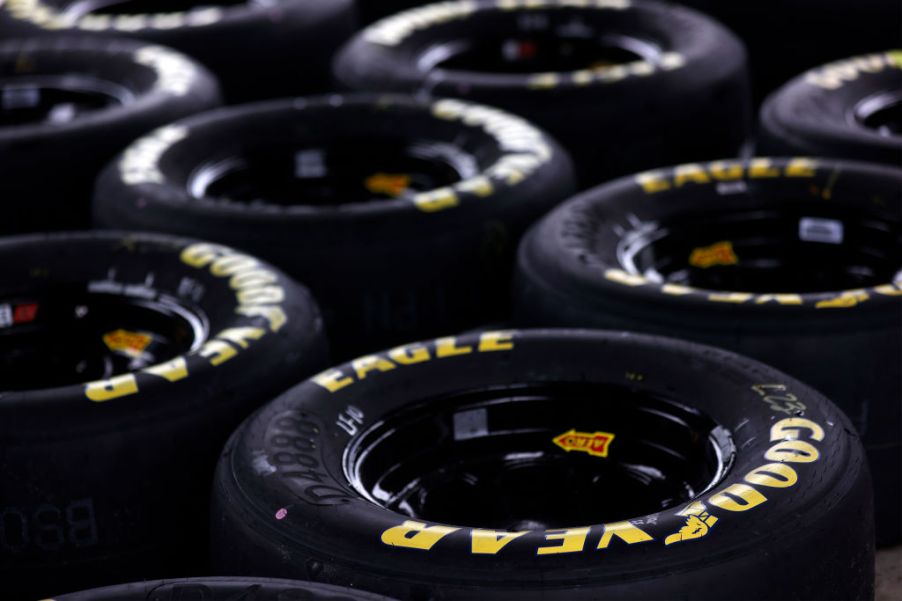
What Do All of the Confusing Numbers of a Tire Size Mean?
If you have spent your entire life thinking that your car’s tires were just rings of rubber, I’m sad to be the one to tell you that there’s more to them than meets the eye. In fact, the internal structure of the tire has slightly evolved with time, even giving us safer options like run-flat tires, and you’d be surprised to know that most people are pretty confused about tires once you get into the nitty-gritty details. Tire size, for example, is usually easy to find on each tire, with the numbers typically being a part of the most visual parts of the tire. Tires don’t work like shoes, however, and it’s not quite as simple as one number that fits all. So how do tire sizes actually work?
Starting with basic type
If you check out the Goodyear Tire website, you might find yourself confused right from the start. There are several numbers and letters that make up a car tire’s size and specifications, and they are all important to pay attention to when replacing your tires. Starting from the first part of the size, if you see a clearly marked “P” that starts of your size, that letter refers to P-Metric, meaning it was developed for passenger tires with specific US standards. If you don’t notice a letter there at all, that’s okay too; it simply means that your tire is likely Euro metric.

The width of your tire matters
The width of your car’s tire is wheel specific as well as vehicle specific. It’s the first number of the size, and it seems pretty self-explanatory. This number refers to the width of the tire measured from sidewall to sidewall, indicated in millimeters. The sidewall of the tire refers to the sides, one that is visible and one that is against your car, while the width refers to the portion of the tire that comes in contact with the pavement.

What is aspect ratio?
The second number, or middle number, refers to the aspect ratio of the tire. This ratio compares the width to the height cross-section of the tire. This number itself is a percentage, meaning that if the second number shows 55, it means that the sidewall’s height is proportionally 55% of the tire’s width — which is the first number.
Next up comes another letter — because there is nothing more confusing to sizes than mixing numbers and letters, right? This letter, on modern-day American cars, is usually an R, referring to the tire being radial in construction — so the layers inside the tire run radially as opposed to some other design structures like bias ply. There are a few other types of construction, but the radial tire is the most common in modern American cars.

After that standard “R” comes a number that is more wheel-specific, referring to the diameter of the wheel over which the tire is mounted. In some custom car scenes, having a tire “stretched” to fit a wider wheel than it should is an option, but it isn’t recommended on any car.
While some car tires are more costly depending on size and brand, the most important thing to keep in mind is that you are buying tires that properly fit your car and wheel — and sometimes, more expensive tires aren’t actually better anyways.


